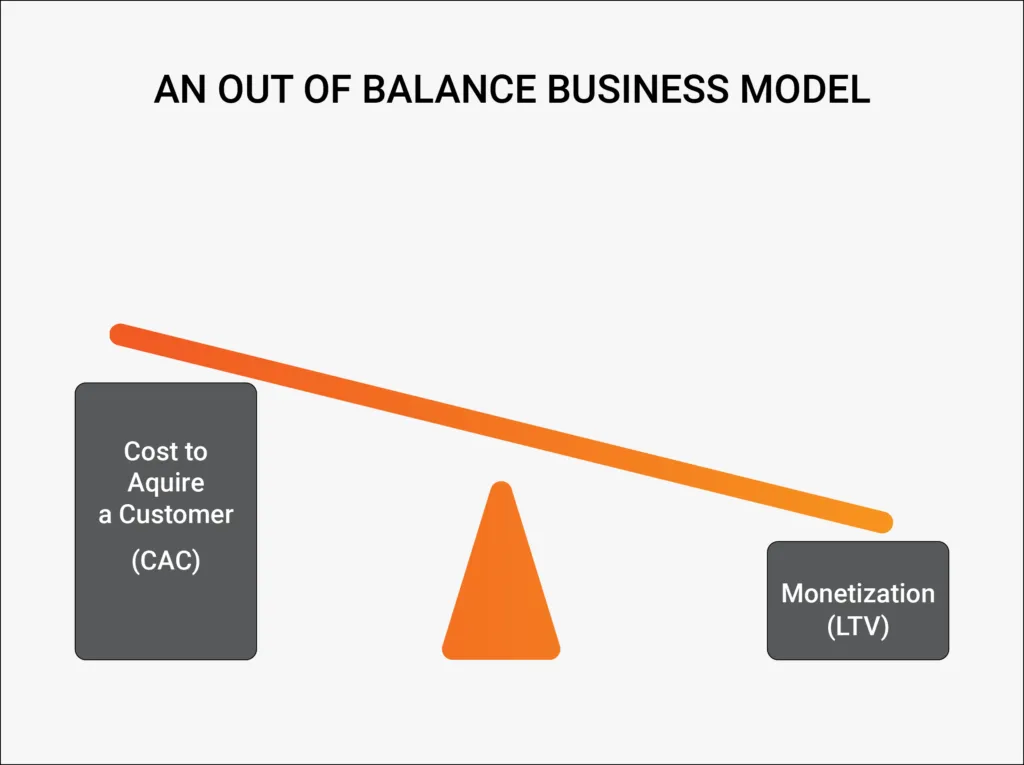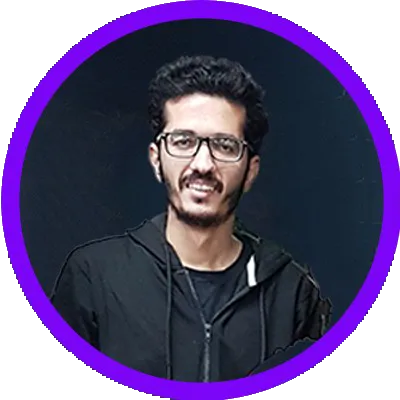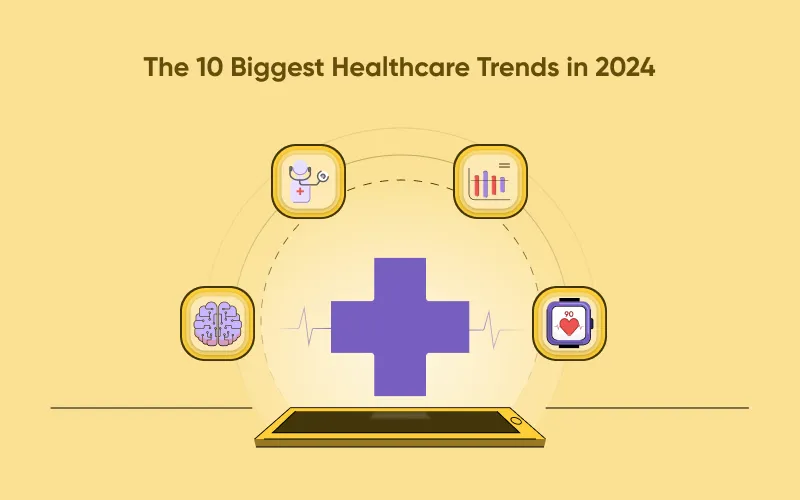Industry news


3 min


If you're struggling with high uninstall rates for your mobile app, this guide is for you. Learn how to master user retention and reduce your uninstall rate with effective mobile app marketing strategies. From optimizing your onboarding process to engaging users with personalized messaging and incentives, this guide provides practical tips and best practices to help you keep users coming back to your app.

By Quokkalabs LLP
04 May, 2020
Charting out an effective user acquisition strategy for your mobile application, like paid ads or influencer marketing, is a no-brainer. While this may be hailed as an achievement at the initial stages, where the main goal is to fuel your app's growth, it can only survive the fierce competition long in this market if a proper retention plan is implemented. Such initiatives to keep your users active on your application regularly and uninterrupted pay off well in keeping up with this highly competitive market.
Hence, user engagement and retention rates can be the deciding strategies for the success of a mobile application.
Yes, it should. Your retention rate capacity is one prime factor determining your market profit, i.e., how much you can earn from existing users without adding a single extra dollar to acquire new ones! In the long run, an unhealthy retention rate will stress your marketing budget, making you lose out in the race. The report down here shall paint a clearer picture of my proposition.
The research report by BusinessofApps, the average cost per install rate in 2018 was ~$3, however, if we look at the cost per in-app purchase and cost per subscription, it was as high as ~ $70 & ~ $150 respectively. Does this justify my statement above? Indeed, acquisition strategies can only suffice to convert into economic opportunities if backed up by intense retention methods.
 I'm not advocating being frugal with your spending on user acquisition channels. But, on the same lines, I'm convinced that your focus on user retention must be far greater than user acquisition to have the best return of interest (ROI). Let's move on to the article & see how to prevent your app from being uninstalled.
I'm not advocating being frugal with your spending on user acquisition channels. But, on the same lines, I'm convinced that your focus on user retention must be far greater than user acquisition to have the best return of interest (ROI). Let's move on to the article & see how to prevent your app from being uninstalled.
There may be various reasons why users are abandoning your app; it is helpful to identify exactly where you're missing out & losing customers. Using app analytics can help you discover these drop-off points to deduce what is wrong with your app & how you can improve it to reduce such uninstalls.
You can leverage a combination of in-app events tracking & clever analytics to collect insightful data but keep in mind that every user is different.
More complex your onboarding process is, the higher the chances of a user abandoning your app. To reduce the uninstall rates of your mobile application, you must offer a smooth onboarding experience to new users. Designing a user-friendly signup procedure removes multiple heckles that a fresh user might encounter, hence impressive the user on the first go!
According to ProfitWell's research, users who experience a positive onboarding experience are 12% to 20% more likely to pay for an IAP (In-app purchase) & when onboarding experience is negative, there is a 3%-9% drop in purchasers.
So, in addition to improving your retention rate, refining the experience will surely add some brownie points! A positive onboarding experience shall reduce uninstalling rates and convert your new users into loyal customers.
Let's crack some techniques to do this!
Start with Easytone Guiding users on using your app may be required, but you should leave the information/path overloaded at the initial point. Keep the onboarding process very simple, smooth, and to the point.
Eliminate any additional login/signup process Ask me, and I will say that I hate the login/signup process. From my experience, this audacious process can significantly hamper our retention strategies. Avoid this prompt wherever it's unnecessary. To make this process smoother, one can try integrating different options such as social media, email, or phone number login to analyze which works best. Many high-end apps provide a one-touch login process for better user acceptability.
Swift opt-out feature at any step: At the onboarding stage, give your customer an option to opt-out anytime, be it any path (viz., sign up, demo, tutorial, etc.)
Indicate progress at each step An intelligent move to make the onboarding process compelling is to show the user how far they have reached and what steps are left. Highlighting this progress indicator will smooth the journey and ensure the user sticks to the onboarding process and does not bounce back. The issue of losing users at the onboarding step can be dealt with without a penalty.
With the growth of the vast mobile app ecosystem, we have plenty of options. Generally, a loading time of more than 3-4 seconds may make your app seem junky & the customer may consider an alternative application. While an impeccable UI, functionality & performance, free from bugs and issues, are good to ensure user acceptability, it's always recommended to keep your app updated every few days (the top 100 free apps on Google Play Store give an update within a week or two). This way, the apps can be tailored toward changing technology trends and customer needs, enhancing user experience.
Though push-based notifications are a great way to keep users engaged, they may also be the primary reason for a user uninstalling your app. Despite being a great way to keep a user engaged, apprising your user incessantly can piss them off, resulting in a drop-off from your app.
It is essential to design how and when to use this feature. Push notifications to provide value to your users, such as keeping them updated with new features, products, sales, offers, incomplete transactions, and much more. But not having the know-how to use this option can be regressive for your product.
Here are some tips for sending push notifications the right way to increase user retention rate -
It is essential to run A/B tests with different versions of push notifications to filter out the ones getting a deficient response. A good practice is to do an A/B test, starting with a small number of randomly selected users and analyzing the engagement insights. This will help you tailor the correct type of push notifications per your application, which you can start sending to the rest of the clients.
You can run A/B test experiments based on the following parameters -
With the mobile app ecosystem flourishing, new applications are being launched daily, increasing the number of similar-looking & similar apps in the marketplace. In such a scenario, an alternative to your mobile app is just a click away. Loyalty programs play a huge part in differentiating your mobile application from the competition and give users a reason to retain your app.
A loyalty program is a system of structured rewards & offers offered to existing, customers when they shop with you again & again. It gives them a solid reason to return to your platform & establish a habit of buying from you.
Offering loyalty campaigns increases brand recognition, makes your product exciting among users & gives them a reason to return. You should take advantage of this opportunity if your business model allows for running loyalty-based campaigns. You can offer loyalty programs in many ways; some include giving advanced access to new products, additional discounts & free shipping, etc.,
You will not only benefit from this in terms of increased retention rates, but it will also help in your app marketing efforts by acquiring new customers via word of mouth & referrals.
Quite often, the app owners campaign fiercely on their success of attaining the highest number of downloads in a given time as a part of their confidence-building measure among the customers. Such numbers continue to rise exponentially for a certain period.
Still, the thing that it does not reflect on your balance sheet dries out the marketing resources, resulting in the app's failure ultimately. These tips will help you improve the retention rate and also help you increase your user base. So, get back to your dashboard, chalk out plans to implement these tactics effectively, and watch your users grow. Good Luck!
Top 10 Enterprise App Development Companies for Scalable Business Solutions
By Dhruv Joshi
7 min read
How to Build a Scalable Video Streaming App Like Netflix: A Step-by-Step Guide
By Dhruv Joshi
5 min read
Top 7 Features That Make Streaming Apps Succeed in USA and India
By Dhruv Joshi
5 min read
10 Ways AI Is Transforming OTT Platforms (And How You Can Leverage It)
By Dhruv Joshi
5 min read

Industry news


5 min
Did you know that by end of 2025, over 60% of educational apps will be powered by AI? Software within the education industry continuously adopting AI technology —it’s reshaping how students learn, engage, and succeed today. In this blog, we’ll dive into how AI is transforming education through smarter, personalized learning experiences. From cutting-edge educational app development to real-world examples, updated stats, and expert insights, you’ll discover why AI isn’t just enhancing education—it’s defining the future of smart learning.


Industry news


8 min
Choosing the right mobile app development company is crucial to the success of your project. Whether you're looking for a partner to bring your idea to life or enhance your existing app, the companies listed here have the expertise and experience to deliver exceptional digital solutions. With their proven track record and commitment to excellence, you can trust them to take your mobile app projects to the next level.


Industry news


5 min
Dive into the future of latest healthcare trends of 2024. From AI diagnostics to telehealth and wearables, discover how innovation is reshaping patient care. Join us in coding the future of healthcare.


Feeling lost!! Book a slot and get answers to all your industry-relevant doubts